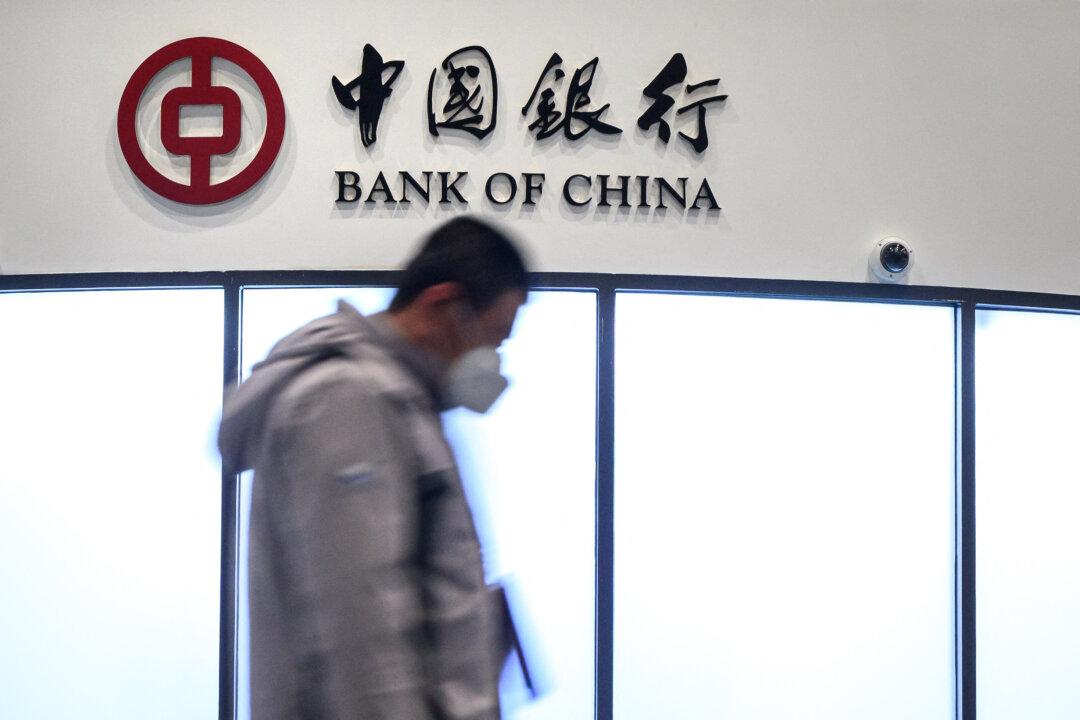Chinese onshore stocks closed June with one of their worst months in recent memory, hit by a combination of trade tensions with the United States, depreciating yuan currency, and lackluster economic indicators.
The Shanghai Composite Index closed down around 8.0 percent for the month of June and 13.9 percent on the first half of the year, even after a 2.2 percent rally on the last trading day of June. Chinese stocks entered a bear market earlier last week, defined by the Shanghai Composite Index falling by more than 20 percent from its January highs earlier this year.





